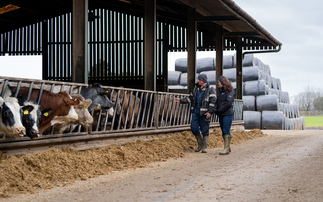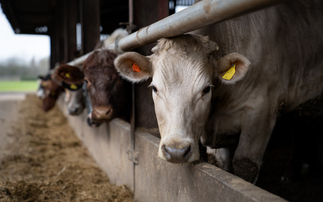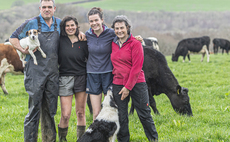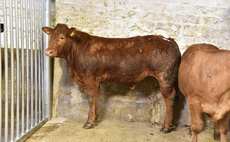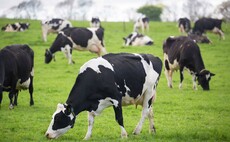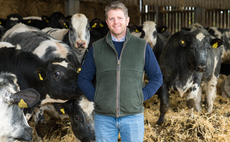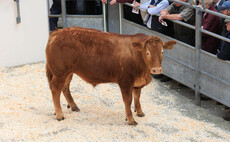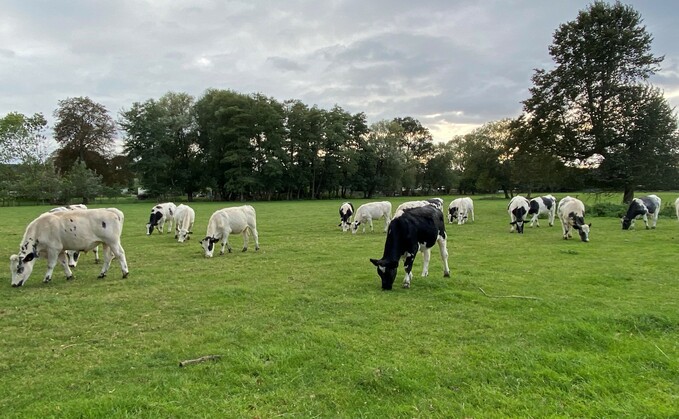
Pasture management is one of the most effective ways to reduce parasite load in cattle, and some alternative paddock and grass-utilisation strategies can also be useful in overall parasite management.
Reduce stocking density
Fewer animals per hectare reduces the need for cattle to graze close to dung pats, where there will be a higher proportion of infective parasite larvae.
Move cattle
Prevent over-grazing to reduce the quantity of worm larva ingested. 80 percent of parasites are concentrated in the first 5cm of grass1 so move cattle on to longer grass before it's eaten down to an extreme.
Mixed-age grazing
Adult cattle have usually developed a good immunity to worms. They can better tolerate worm infections and excrete lower quantities of worm eggs than calves and youngstock. Grazing first-season animals alongside older animals reduces their exposure to worm larvae on the pasture.
Leader follower
Where paddocks can be rotated, allow the most-susceptible animals (usually calves) to graze ahead of older cattle. This provides calves with the least-infected paddocks, while older cattle are more able to tolerate increasing worm infectivity.
Use silage aftermath
Moving youngstock to fields after the last cut of silage can be a useful method to mitigate the mid-summer rise in parasites on pasture.
Faecal egg count tests
Regardless of the paddock management employed, regular pooled faecal egg count tests (FECs) can be a useful tool to assess the amount of larvae being shed onto pasture over the first few months of the grazing period, and along with regular weighing of youngstock, can help with decisions on whether animals require a worm treatment or not.
|
|
Ivomec classic is a tried and tested wormer that treats and provides protection against reinfection with the most pathogenic gutworm species, Ostertagia ostertagi for up to 21 days, and the cattle lungworm for up to 28 days. |

For more information, advice and best practice guidance on all aspects of parasite control visit /sponsored-hub/beattheparasites









